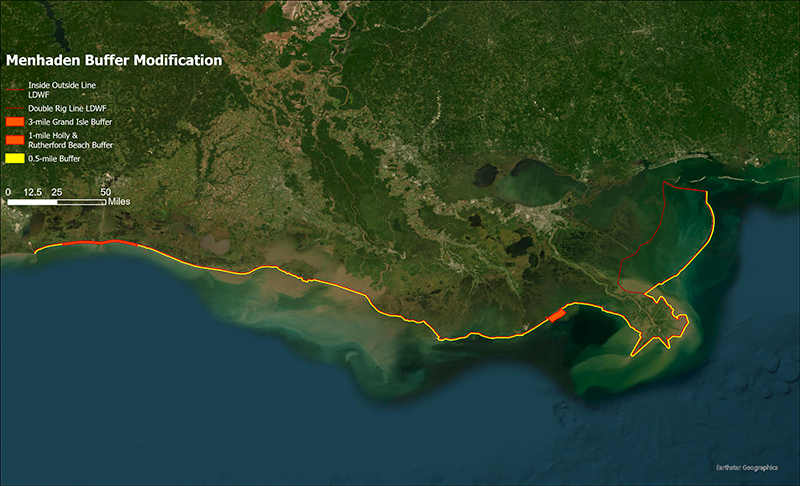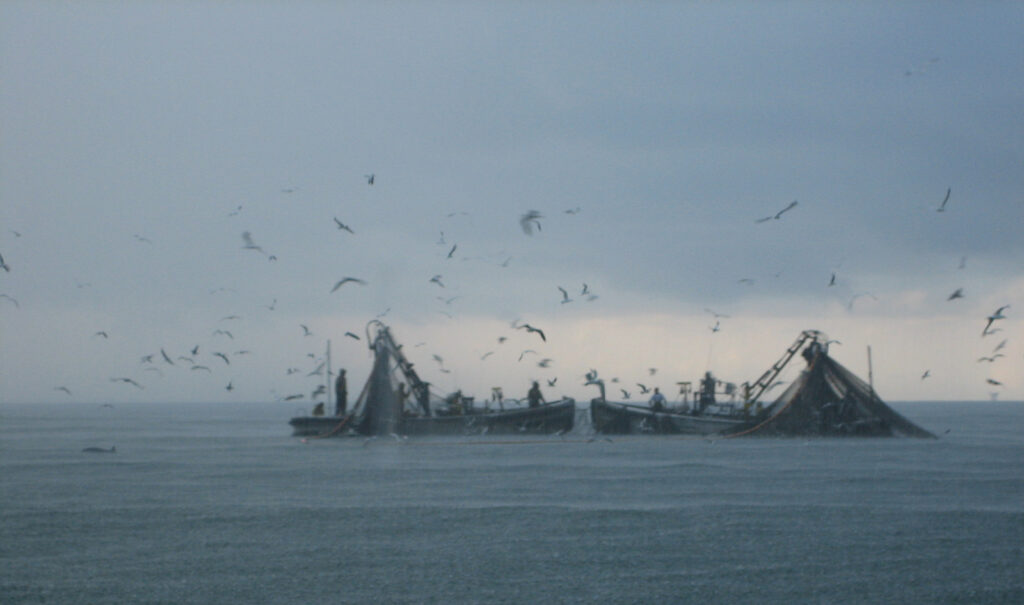The BLM’s final plan secures safeguards for over 400,000 acres of backcountry
Today, the Bureau of Land Management officially announced the release of the Record of Decision for the Southeast Oregon Resource Management Plan Amendment, marking a pivotal moment for conservation in Oregon. This final plan, set to guide land management across more than 4.6 million acres of an iconic Oregon landscape, strikes a thoughtful balance between habitat conservation, outdoor recreation, grazing, and development.
This significant milestone represents the culmination of over 20 years of dedicated planning and collaborative stakeholder engagement. The Theodore Roosevelt Conservation Partnership joins hunters and anglers in celebrating the 420,000 acres within the plan’s jurisdiction that will now be managed to maintain their wild, backcountry character.
“Today’s announcement is a testament to the power of collaborative and persistent stakeholder engagement with a shared commitment to conserving our state’s wild and diverse landscapes,” said Tristan Henry, Oregon field representative for Theodore Roosevelt Conservation Partnership. “We are particularly proud of our role in shaping a management strategy that recognizes the importance of these lands for wildlife habitat and outdoor recreation, including hunting and fishing.”
The finalized plan reflects the recommendations of the Southeast Oregon Resource Advisory Council, a diverse group of stakeholders—including hunters, anglers, and ranchers—who have provided invaluable insights throughout the planning process.
“To help guide the development of this plan, a broad-based BLM resource advisory council, made up of 15 appointed individuals, rolled up their sleeves to create a well-rounded alternative within the Southeast Oregon RMP amendment,” said Michael O’Casey, deputy director of forest policy and northwest programs for the TRCP and a current Southeast Oregon RAC member. “We are thrilled to see the BLM utilize many of the recommendations provided by the RAC to conserve special places from development, while providing for public access, habitat restoration, and ranching to continue.”
The ROD emphasizes the significance of the Owyhee and Malheur River regions as vital habitats for wildlife and as premier destinations for outdoor enthusiasts. By prioritizing conservation and balanced land use, the BLM’s plan ensures that these areas will continue to support Oregon’s rich traditions of fish-and-wildlife-based economy, which is integral to the state’s $2.5 billion outdoor recreation industry.
The conservation community and outdoor recreation advocates have long championed a balanced approach to land management that safeguards wildlife habitat while allowing for sustainable use. The TRCP, Backcountry Hunters & Anglers, Oregon Hunters Association, Trout Unlimited, and members of the Owyhee Sportsmen’s Coalition have been instrumental in advocating for these principles throughout the planning process.
“We applaud the BLM’s foresight in preserving the vitality of the Owyhee and Malheur regions. This plan is a testament to the power of collaboration and dedication of organizations and individuals who stand for balanced land use,” affirmed Chris Hagar, northwest coordinator for Backcountry Hunters & Anglers. “It’s a significant step forward in ensuring our public lands continue to flourish for future generations of Oregonians and wildlife alike.”
The TRCP and the Owyhee Sportsmen look forward to continued collaboration with the BLM, state officials, and all stakeholders to implement this plan and further the legacy of conservation, restoration, and stewardship for future generations.
Photo Credit: Brian Grossenbacher








Seems good but no idea what does it entail in terms of habitat mngt
I am a central Oregon native, as a child we camped and fished most of eastern Oregon. I have spent last 35 years working long hours and raising great kids. I have been looking forward to traveling and camping through this area. I would even be interested in participating in some of these meetings to see that public access continues, and common sense policies to protect resources. I see these terms such as stakeholders, often for interest groups and not always for the average public. Interesting as an Oregonian I had not heard of this 20 year collaboration.
I’m grateful. I have spent a long time looking for information on this subject, and yours is the greatest I have come across so far. However, what about the revenue? Are you positive about the source?